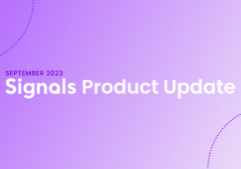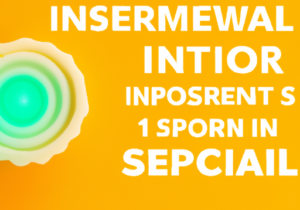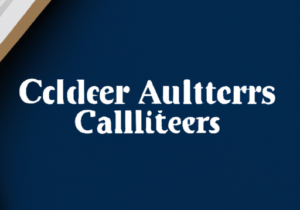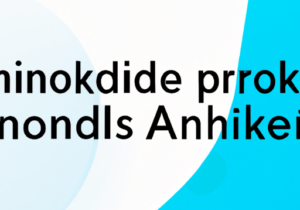Think about everything you want your customers to know about your business. Think about how that message must be tailored to different contacts and like-minded individuals. Now think about how the right inbound marketing tips can deliver these all-important messages to the right people at the right time.
Inbound marketing strategies identify and target your audience with personalized content, information, and offers. These strategies aim to build your brand while generating targeted website traffic. Success involves leveraging multiple digital marketing channels, so you’re constantly keeping your audience engaged, motivated, and incentivized to act.
So, when someone wants to know how to create an inbound marketing strategy, they typically adopt the following inbound marketing techniques.
1. Define Your Target Audience: Buyer Personas
Every business has a target audience. In the digital world, this audience is referred to as buyer personas. These personas have specific reasons for engaging your company, visiting your website, consuming your content, buying your products or services, and sharing what they like most about your brand.
Define your personas by age, demographics, professional accreditations, common likes, dislikes, and interests. Next, map out the buyer’s journey by outlining how a prospect goes from being interested in your product or service to becoming a customer and, most importantly, why they return. Understanding your buyer personas – and the journeys they take to become a customer – allows you to tailor your offers and content to what interests them most.
2. Develop a Content Marketing Strategy
Yes, content is still king. However, creating content for content’s sake doesn’t work. Google’s recent “Helpful Content” core algorithm update favors those companies that adopt a people-first, educational, and problem-solving content marketing strategy.
Your content must focus on your buyer personas and their journey. It must be engaging and thought-provoking while providing invaluable insight and solutions to common problems. A content calendar allows you to plan your content in advance. This gives you plenty of time to pull in subject matter experts and thought leaders who can offer unique insights or outline how your product or service resolves industry-wide problems.
Think of your content marketing strategy as a continuous feedback loop; provide helpful, educational, and insightful content for your buyer personas at the top, middle, and bottom of your funnel to help them on their journey to becoming a customer and then reinitiate them back into your content loop after they’ve made their initial purchase.
3. Leverage All Digital Marketing Channels
Not all personas consume content the same way. Not all of them peruse the same social media platforms. Some love podcasts and webcasts, while others may prefer free video-sharing websites like YouTube.
Identify the social media platforms, websites, online forums, and publications that cater to your audience. Understand what your personas do online and how they search for the solutions they need. This will help fill out your content calendar with multiple topics your team can leverage across all available digital channels.
4. Optimize Your Website and Landing Pages
No inbound marketing tips list is complete without having to optimize your website and landing pages. You’ll accomplish nothing if all you do is generate traffic to non-descript landing pages that don’t convert. A conversion can include new prospects filling out contact forms, requesting quotes, subscribing to email campaigns and newsletters, or placing an order.
Ensuring your landing pages are optimized helps to increase your conversion rates. A higher conversion rate means more business. There are multiple online tools that will provide your landing pages with an SEO score and a ready-made list of suggested changes.
5. Combine Organic Traffic With Paid Traffic
Gone are the days when companies only needed their content to rank high in search engines. It’s no longer about dominating a select few keywords and keyword phrases. For all its positives, content alone can only accomplish so much. Ultimately, at some point, you’ll need to combine your organic traffic with paid traffic.
Once again, it’s all about your buyer personas and the search terms they use online. Inbound marketing best practices combine the strength of your content’s reach with paid advertising on keyword-specific search terms. At the end of the day, it’s about generating more traffic; only a combination of content and paid advertising can make that happen.
Create Personalized Experiences with Signals
At Signals, our account-based engagement platform is specifically designed to help you target your audience at any point along their journey. This customer-centric platform is the all-important conversational marketing tool that empowers your team to engage its audience in real-time.
If you would like to see how this all-encompassing marketing solution works, contact us now or book a demo.
READ MORE
Start seeing your Buyers' signals
Signals is helping companies automate, grow, and close sales pipeline with industry-leading predictive intent scoring, lead generation, and real-time engagement.



















